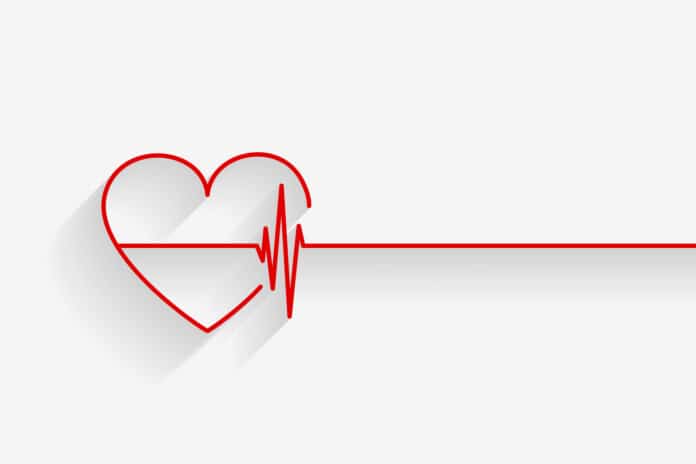Atrial fibrillation (AF) is detected in over 30% of patients following an embolic stroke of an undetermined source (ESUS) when monitored with an implantable loop recorder (ILR). Identifying AF in ESUS survivors has significant therapeutic implications, and AF risk is essential to guide screening with long-term monitoring.
A new study by the University of East Anglia aimed to establish the role of left atrial (LA) function in subsequent AF identification and develop a risk model for AF in ESUS. Scientists have developed a new way of identifying patients at risk of an irregular heartbeat, known as atrial fibrillation.
The study shows four distinct indicators that can identify patients developing atrial fibrillation. These include advanced age, elevated diastolic blood pressure, and issues with the upper left chamber of the heart’s coordination and functionality.
Scientists created an easy tool for doctors to use in practice to identify those at high risk. The stool is expected to diagnose and treat more patients, reducing the risk of future strokes.
Lead researcher Prof Vassilios Vassiliou, from UEA’s Norwich Medical School and Honorary Consultant Cardiologist at the Norfolk and Norwich University Hospital, said: “Identifying who is at high risk and more likely to develop atrial fibrillation is very important.”
“This is because it requires specific treatment with anticoagulants, commonly known as blood thinners, to reduce the risk of future strokes.”
“Patients who have had a stroke usually undergo multiple investigations to determine the cause, as this can influence the treatment they receive long-term.”
“These investigations include prolonged monitoring of the heart rhythm with a small implantable device called a loop recorder, and an ultrasound of the heart, called an echocardiogram.”
For the study, scientists collected data from 323 patients across the East of England, treated at Cambridge University Hospitals NHS Foundation Trust, who had had a stroke with no cause identified- called Embolic Stroke of Undetermined Source.
They examined both data from extended cardiac rhythm monitoring and medical records. They looked at their echocardiograms as well.
Prof Vassiliou said: “We determined how many of these patients were found to have atrial fibrillation up to three years following their stroke and went on to perform a thorough assessment to identify if there are specific parameters connected with atrial fibrillation identification.
“We identified four parameters linked with the development of atrial fibrillation, which were consistently present in patients with this arrhythmia.”
“We then developed a model that can be used to predict who will show atrial fibrillation in the next three years and is therefore at increased risk of another stroke in the future.”
“This is a straightforward tool that any doctor can use in clinical practice,” he added.
“And it can potentially help doctors provide more targeted and effective treatment to these patients, aiming to highlight the people at higher risk of this arrhythmia that can benefit from prolonged heart rhythm monitoring and earlier anticoagulation to prevent a future stroke.”
Journal Reference:
- Panagiota Anna Chousou, Rahul Chattopadhyay, et al. Atrial fibrillation in embolic stroke of undetermined source: role of advanced imaging of left atrial function. European Journal of Preventive Cardiology. DOI: 10.1093/eurjpc/zwad228
